
Filter News
Area of Research
News Type
Date
News Topics
- 3-D Printing/Advanced Manufacturing (3)
- Artificial Intelligence (3)
- Big Data (4)
- Bioenergy (1)
- Biology (3)
- Buildings (4)
- Chemical Sciences (5)
- Clean Water (3)
- Composites (2)
- Computer Science (3)
- Critical Materials (2)
- Emergency (1)
- Energy Storage (4)
- Environment (8)
- Fossil Energy (1)
- Grid (1)
- High-Performance Computing (3)
- ITER (1)
- Machine Learning (5)
- Materials (3)
- Materials Science (3)
- Mathematics (2)
- Neutron Science (1)
- Nuclear Energy (1)
- Polymers (1)
- Simulation (4)
- Summit (1)
- Transportation (3)
Media Contacts
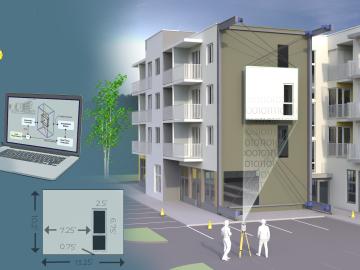
A digital construction platform in development at Oak Ridge National Laboratory is boosting the retrofitting of building envelopes and giving builders the tools to automate the process from design to installation with the assistance of a cable-driven robotic crane.
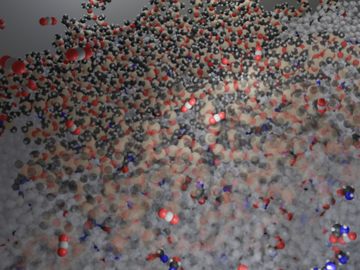
Researchers at ORNL have demonstrated that small molecular tweaks to surfaces can improve absorption technology for direct air capture of carbon dioxide. The team added a charged polymer layer to an amino acid solution, and then, through spectroscopy and simulation, found that the charged layer can hold amino acids at its surface.
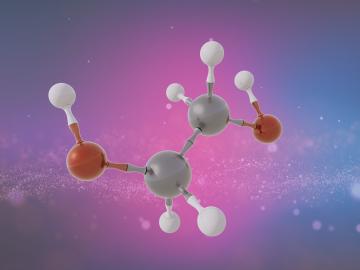
A research team led by the Department of Energy’s Oak Ridge National Laboratory demonstrated an effective and reliable new way to identify and quantify polyethylene glycols in various samples.

Researchers at Oak Ridge National Laboratory have opened a new virtual library where visitors can check out waveforms instead of books. So far, more than 350 users worldwide have utilized the library, which provides vital understanding of an increasingly complex grid.

Oak Ridge National Laboratory scientists have developed a method leveraging artificial intelligence to accelerate the identification of environmentally friendly solvents for industrial carbon capture, biomass processing, rechargeable batteries and other applications.
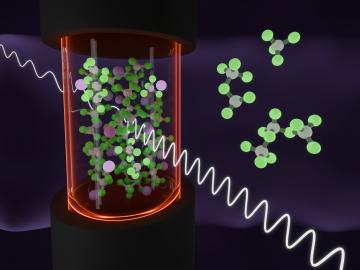
An Oak Ridge National Laboratory team revealed how chemical species form in a highly reactive molten salt mixture of aluminum chloride and potassium chloride by unraveling vibrational signatures and observing ion exchanges.

Researchers at Oak Ridge National Laboratory have developed free data sets to estimate how much energy any building in the contiguous U.S. will use in 2100. These data sets provide planners a way to anticipate future energy needs as the climate changes.
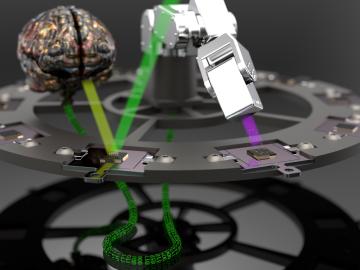
Today, scientific discovery is accelerated by automated experiments, artificial intelligence and high-performance computing. A novel tool developed at ORNL that leverages those technologies has demonstrated that AI can influence materials synthesis and conduct associated experiments without human supervision.
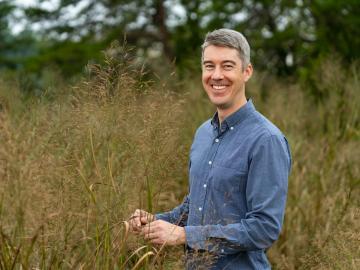
The United States has enough biomass potential to produce 35 billion gallons per year of aviation biofuel by 2050, a new report confirms. ORNL’s John Field provided biomass feedstock production expertise to the report focused on the role of the bioeconomy in U.S. decarbonization strategies.

Oak Ridge National Laboratory scientists ingeniously created a sustainable, soft material by combining rubber with woody reinforcements and incorporating “smart” linkages between the components that unlock on demand.


